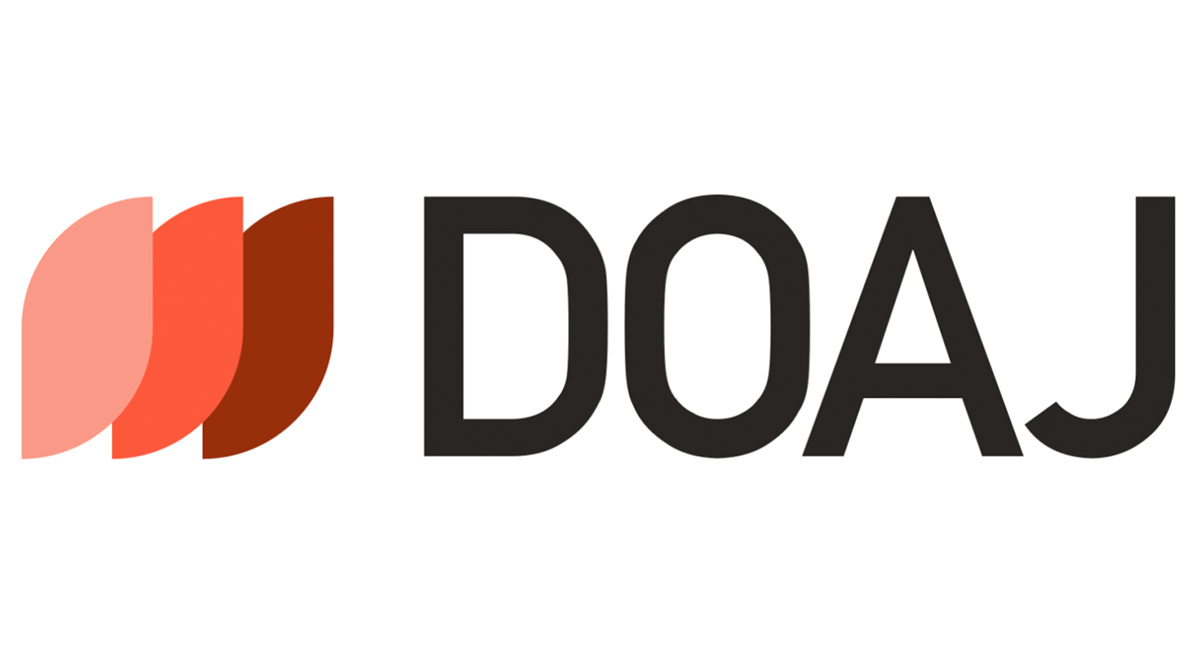Maximizing Signal Quality for One Dimensional Cells In Mobile Communications
DOI:
https://doi.org/10.31185/wjcms.160Keywords:
Interference Analysis, Path loss Modeling, Cellular Networks, Number of interfering cell tiers, Linear cells.Abstract
In this work, the cellular network performance based on other cell interference predictions is presented. It presents a mathematical model of co-channel interference analysis in hexagonal and linear cell shapes through a log-distance propagation model to investigate the effect of path loss exponent value on the received signal quality of the downlink. Simulation results obtained show that as the power exponent value increase, the interfering signals attenuation is increased resulting in received signal quality improvement. The signal-to-interference ratio (SIR) received by subscribers close to the cell edge will be less due to the contribution of the near-interfering cells especially when multiple layers of interfering cells are considered. The simulations confirmed that the impact of multi tiers of interfering cells cannot be ignored in systems of small cluster size as they may contribute to system performance degradation.
Downloads
References
S. S. Kolahi, “Impact of the various tiers of interfering cells on CDMA systems,” WSEAS Transactions on Communications, vol. 5, no. 2, pp. 348– 353, 2006.
K. A. Anang, P. B. Rapajic, R. Wu, L. Bello, and T. I. Eneh, “Cellular system information capacity change at higher frequencies due to propagation loss and system parameters,” Progress In Electromagnetics Research B, vol. 44, pp. 191–221, 2012.
K. Haneda, “5G 3GPP-like channel models for outdoor urban microcellular and macrocellular environments,” 2016 IEEE 83rd vehicular technology conference (VTC spring), pp. 1–7, 2016.
S. Kumar, S. Sharma, S. Vijay, and S. Husain, “Optimization of Co-channel Interference Ratio (CCIR) for Omni-Directional Antenna in Mobile Computing,” International Journal of Recent Trends in Engineering, vol. 1, no. 2, pp. 287–287, 2009.
D. K. Taher, “Proposed model for interference estimation in code division multiple access,” TELKOMNIKA (Telecommunication Computing Electronics and Control), vol. 16, pp. 2549–2556, 2018.
J. Ye, S. Dang, B. Shihada, and M. S. Alouini, “Modeling co-channel interference in the THz band,” IEEE Transactions on Vehicular Technology, vol. 70, no. 7, pp. 6319–6334, 2021.
M. A. Ouamri, R. Alkanhel, C. Gueguen, M. A. Alohali, and S. S. Ghoneim, “Modeling and analysis of uav-assisted mobile network with imperfect beam alignment,” Materials & Continua, vol. 74, no. 1, pp. 453–467, 2023.
A. H. Sallomi and S. A. J. R. Hashem A Novel Theoretical Model for Cellular Base Station Radiation Prediction, vol. 16, pp. 17–17, 2018.
V. Garg Wireless communications & networking, 2010.
T. S. Rappaport, “Wireless Communications–Principles and Practice,” Microwave Journal, vol. 45, no. 12, pp. 128–129, 2002.
S. K. Hassan, A. H. Sallomi, and M. H. Wali, “New Design and Analysis Microstrip Triple Band-Notched UWB of Monopole Antenna,” 2022 International Congress on Human-Computer Interaction, Optimization and Robotic Applications (HORA), vol. 2022, pp. 1–4.
H. T. Salim, Enhancement of the MIMO-OFDM Technologies. 2013.
S. Sbit, M. B. Dadi, and B. Chibani, “Co and adjacent channel interference evaluation in GSM and UMTS cellular networks,” International Journal of Advanced Research in Computer and Communication Engineering, vol. 4, no. 11, pp. 462–465, 2015.
C. Chidiebere and B. Omijeh, “Reduction of Co-Channel Interference In Cellular Network Using Sectorization Method,” American Journal of Engineering Research (AJER), vol. 7, no. 10, pp. 204–218, 2018.
Y. S. Song, S. K. Lee, J. W. Lee, D. W. Kang, and K. W. Min, “Analysis of adjacent channel interference using distribution function for V2X communication systems in the 5.9-GHz band for ITS,” ETRI Journal, vol. 41, no. 6, pp. 703–714, 2019.
D. M. Ali, D. F. Chalob, and A. B. Khudhair, “Networks Data Transfer Classification Based On Neural Networks,” Wasit Journal of Computer and Mathematics Sciences, vol. 1, no. 4, pp. 207–225, 2022.
A. H. M. Alaidi, A. S. Abdalrada, and F. T. Abed, “Analysis the Efficient Energy Prediction for 5G Wireless Communication Technologies,” International Journal of Emerging Technologies in Learning (iJET), vol. 14, no. 08, pp. 23–37, 2019.
H. Fu, X. Wang, X. Zhang, A. Saleem, and G. Zheng, “Analysis of LTE-M Adjacent Channel Interference in Rail Transit,” Sensors, vol. 22, no. 10, pp. 3876–3876, 2022.
Downloads
Published
Issue
Section
License
Copyright (c) 2023 Adheed H. Sallomi, Sazan Kamiran Hasan, Jaafar Qassim Kadhim

This work is licensed under a Creative Commons Attribution 4.0 International License.






